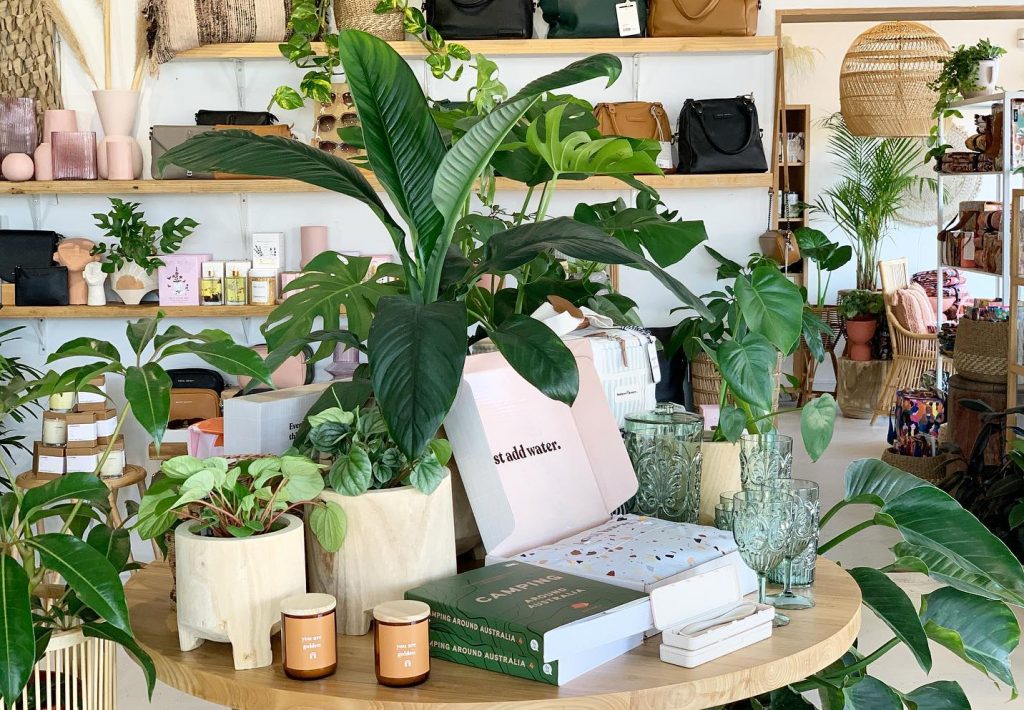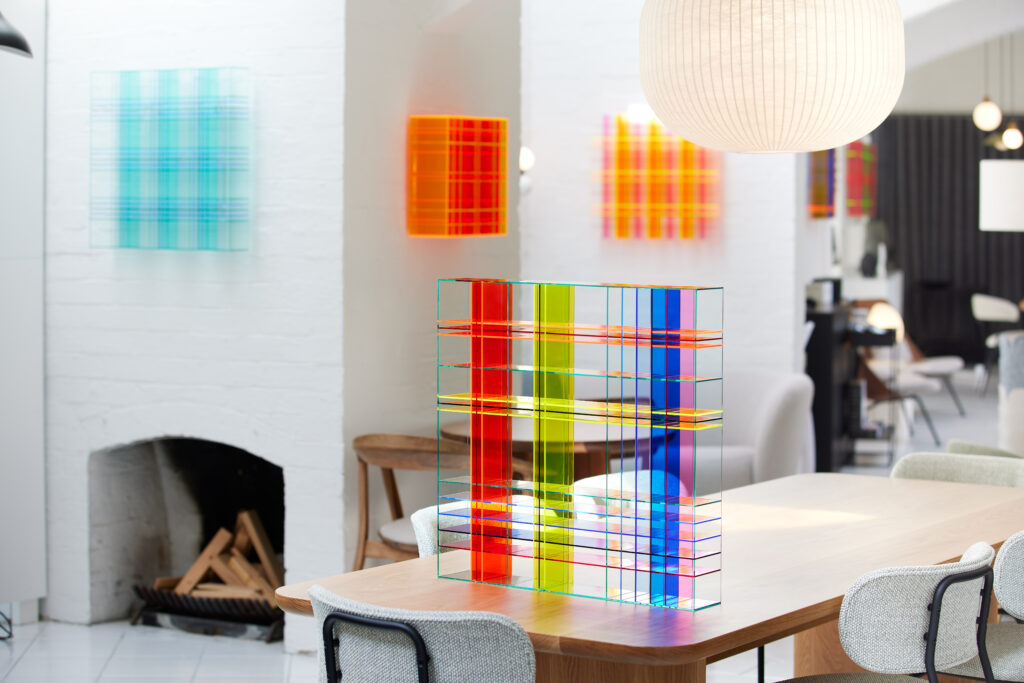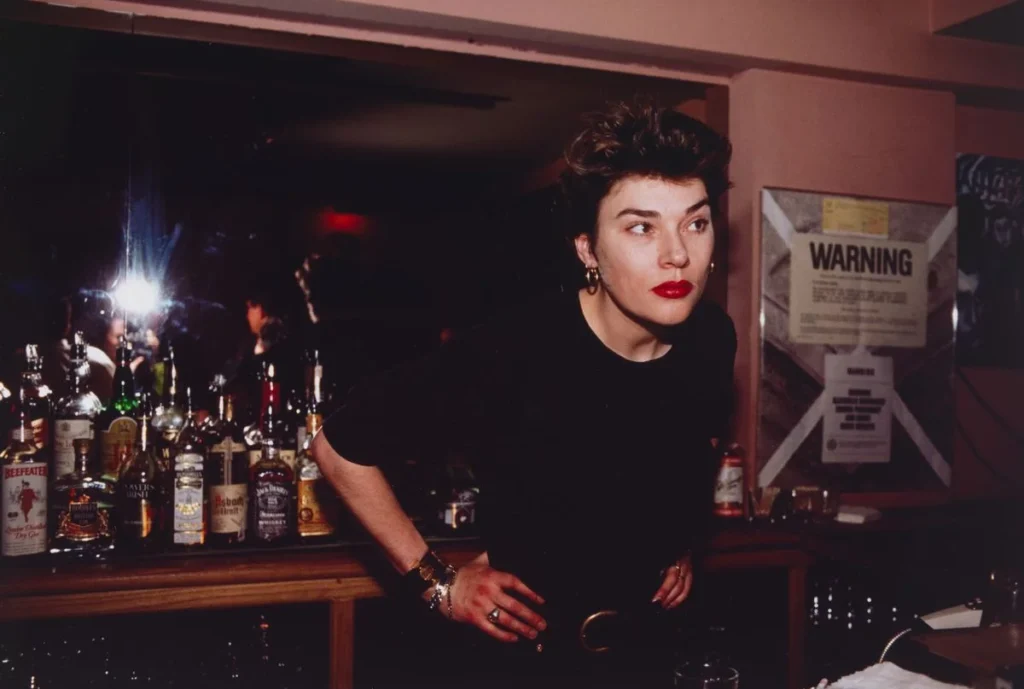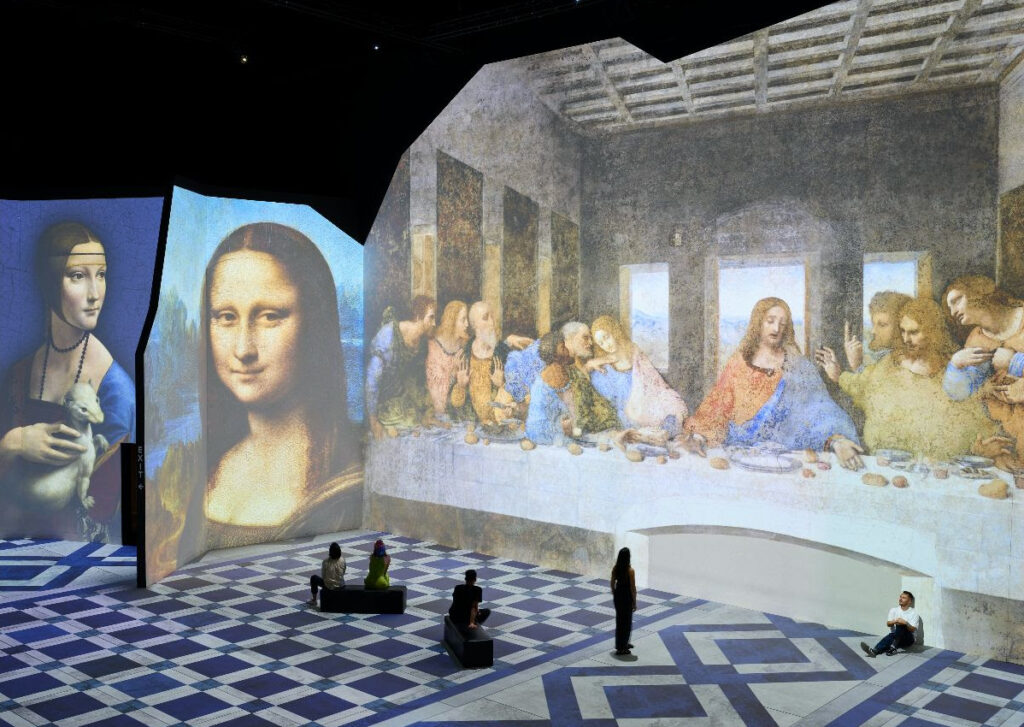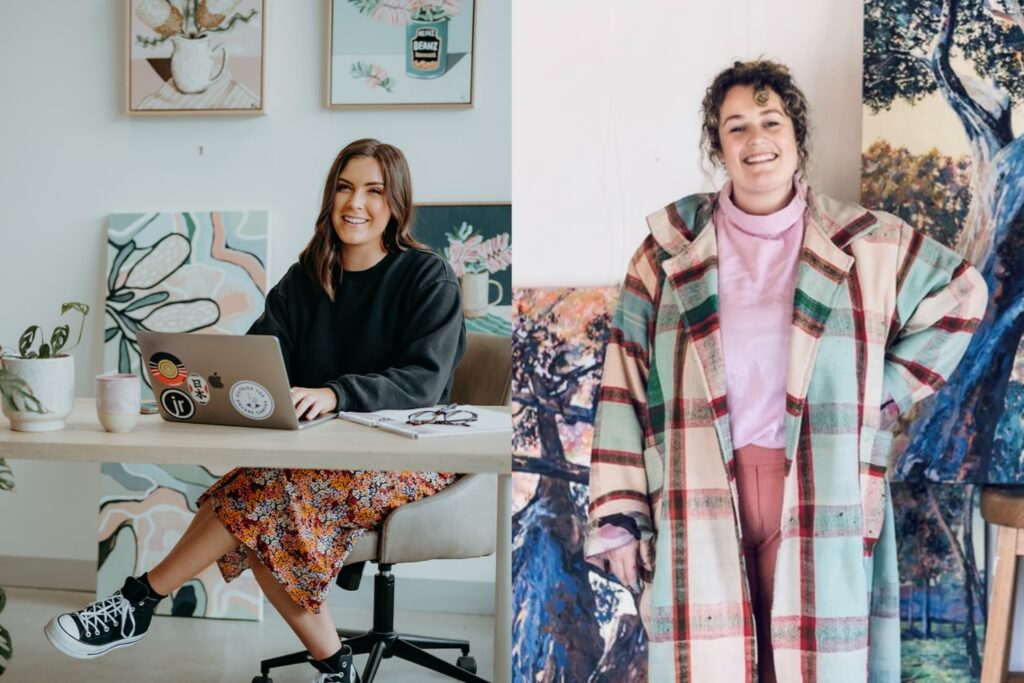Successful startup founders are often hailed as superhuman, but the reality is they’re regular people like you and me.
Richard Branson, Janine Allis, Steve Jobs and Steve Wozniak, Nick Molnar, Ariana Huffington, Mark Zuckerberg, Naomi Simson, Walt Disney, Bill Gates – they’re all regular people, but these entrepreneurs and startup founders all had one thing in common: determination.
And these entrepreneurs aren’t alone—in a world where dream jobs aren’t easy to come by, many new grads are determined to follow their entrepreneurial dreams and are opting to call their own career shots.
Zoe Blair-Holt, Caleb Lun, Jacky Menhennet and Jessica Pepper are four Deakin alumni who decided to take this path at the conclusion of their Deakin University degree, turning their passion of design into their very own design studio – Fresh Milk Lab.
“It started with the idea that Melbourne had all these awesome design studios making premium, quality design work, and yes Geelong have that with Grindstone Creative, Ivy Street and Fluid, but Melbourne have so many of them, so we thought why not join the ranks and start a change to bring design to the forefront in Geelong,” Caleb Lun explains of the design studio the quartet established over a year ago now.
“We’re starting out small coming straight out of university, but we have bigger inspirations and goals, not to compete with these companies, but to work alongside them at that level and push design forward.”
There are a number of factors of university study that give rise to startups, especially in the case of Fresh Milk Lab, with the first being that institutions of higher education tend to attract both ambitious and passionate people with similar interests.
“It was in our third year that is all really started for us,” Caleb continues. “We knew each other, all four of us, but we never really got a chance to work with each other and get to know each other until our third year of studying design. It’s at this stage where you can really see who you work well with, who is passionate and who shares that same interests as you.”
Similar to other Creative Arts and Design degrees at Deakin, as part of the Bachelor of Design, the former students came together when they undertook a Collaborative Design Project in their final year, exploring the practices and processes for multidisciplinary design collaboration.
“We had a few group projects together beforehand, but this one was a big project that we really went out of our way on.”
Within this final project, students had to collaborate with each other, their clients and the target audience to resolve complex creative projects from conception to completion, providing the opportunity to work on real-world projects to solve real-world problems through design, as well as connect with industry and commercial partners – all which then gets exhibited to the public environment at the completion of the unit.
“For our final assignment, we decided we’d run the final exhibition for Deakin, so we had to get in contact with a few design agencies to come as one of the aspects,” Jacky says. “This was a good way for us to reach out to people within the industry, asking them to come, as well as show them our current work and get their feedback.”
“Through our research for the exhibition, we went to Melbourne and attended a few design events so we met local Geelong people through them in the community and the industry,” Jess adds. “We had to get out there and connect with people in industry, and it was really worthwhile.”
While it, of course, comes down to the individual student and how much they are willing to put it, the FML team explains that Deakin were there to point them in the right direction, encourage them to explore every avenue, and help join the dots to ensure they were getting the most out of the course and their own skillset, from the very start of the course to the very end.
Beginning at the most basic level, the Bachelor of Design requires students and budding designers to investigate ‘design thinking’ as a strategic methodology and problem-solving process, as well as learn the techniques for composition, mark-making, digital imaging, storyboarding and animation.
“First year was all about learning to use the programs and all the techniques,” Caleb explains. “It was back to basics, but it laid a good foundation for when you do get to second or third year, or even the latter part of first year, where we’re not worrying about the tools we’re using, but more on the ideas. It was about building a concrete slab for us to then build an awesome house on top of, so to speak.”
From the basic skills, the course then progresses to students exploring more career-specific skills including designing user experience and design strategies, exploring the applications and implications of designing for interactivity and the web, as well as career path planning, professional practice branding and positioning, to then even putting a strong focus on student portfolios where they are required to critically evaluate and improve the work they will present when applying for employment opportunities.
The formal course structure and units combined with an encouraged learning style of innovation and interaction, along with dedicated and multidisciplinary teaching staff, left these four Deakin alumni feeling inspired and equipped to follow their dreams and start the Fresh Milk Lab.
“It was challenging but there was also a lot of opportunities where you could push yourself or push how far you wanted to go,” Jacky says. “Deakin didn’t put restrictions on you in that way, you could be as creative as you wanted to be, and they were really supportive of that.”
“We’d often hear from our teachers and guests about leaders in the industry starting straight out of high school or university which was pretty inspiring,” Caleb adds, “especially with some of these being companies that I love and I know the others do too, so we thought, if they can do it, why not us?
“In that way, I don’t know if our teachers were doing it deliberately, but there were subtle hints that these guys can do it, maybe you can too. That really turned our thinking into believing this could actually work, even though it’s a dream, it legitimately could work.”
Completing their degree with a project that set them up with real-world experience, since starting the business, the team at FML are keeping their studio practices fresh taking on a shared level of responsibility and decision-making in their work, utilising the collaborative methods imparted on them through their design course.
“We try to keep it as collaborative as we can,” Jess explains. “Of course, that’s dependent on each of our availabilities with some of us having other jobs, but when we went into this, we really wanted to have a collaborative focus where everyone was involved in the design decisions that we made.”
“Even if we have projects where people don’t have time to do the designing, and say only one or two of us do a lot of the actual design work, we always come together – at least we try to – and get as many people to have a look at it and make sure that everyone is happy with what we’re doing,” Caleb adds. “At some point, there will always be a peer review that’s everyone’s looking at and making sure it’s all good.”
The adage goes, ‘Two heads are better than one’, and the FML see the potential collaborative groups have to be more productive, creative, and motivated than individuals on their own.
So far this thinking has seen the FML team work on a number of projects, including designing the brand identity for businesses like Downtown Yoga & Pilates and Renew Geelong, creating the festival identity for Queenscliffe Literary Festival, and even creating a package identity for the environmentally friendly Soap Club.
“Our next step is refocusing on building our business and focusing on how we can make it last for the long term. We’ve gone through our honeymoon period and everything’s been going great, but things are starting to slow down now and we need a long term plan and goal,” says Caleb.
If you want to get in touch with the team for any if your design needs, drop them an email at [email protected]
If you’re feeling inspired and interested in studying design at Deakin, visit www.deakin.edu.au/design to kickstart your career and learn the tools, strategies and design-thinking methods needed to be an adaptive multidisciplinary designer.

